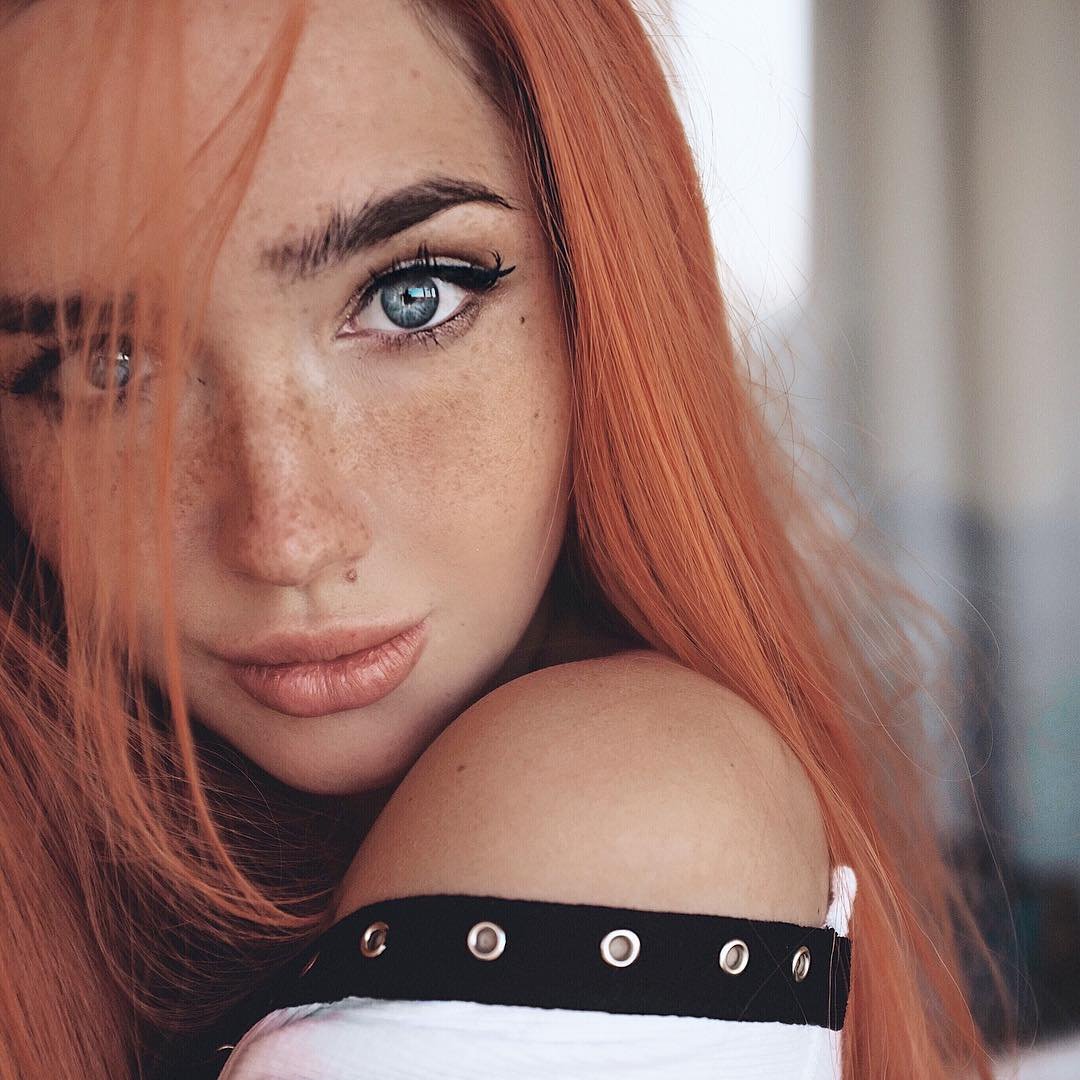Try before you buy [ part II ]Yesterday, I went over ways to test your makeup before buying, mainly powder products like eye shadow and blush.
Today I'll let you in on secrets you can use to test lipsticks.
What should you look for?
Snapshot Survey
Thanks for sharing your thoughts!
Please subscribe for your personalized newsletter:
Color
Texture
Frequently asked questions
Staining Ability
Color
foto: mudshop.com
You may think that finding the right color would be easy, but if you've ever tried looking for a red lipstick, well, you know that it's never the color you think it is. A key to remember is, the darker or brighter the color, the more likely the color will not look the same way on than what you see in the tube. Why? Bright and dark colors have the most amount of pigment, or color used to make that color, and well, the more colors used, the more likely it may not look the same. What to do?
Color swatch. Just like you would for powders, swatch your lipstick on a pad of white paper, and it's much easier to see the actual color. To play, try swatching 4 red lipsticks. You'll end up getting 4 totally different reds, though they may all look the same in the tube.
Colors that show up the most in lipsticks? Gray, brown, yellow and blue. Not all of them at the same time, but one of these will show up. Have a lot of blue tones in your skin? LIke under eye circles or light pale skin that shows blue or cool tones easily? Avoid the lipstick that has the blue or gray undertones in it. Why? It will bring out the colors you don't want in your skin. The new lilac lip colors that are so big for fall this year? Hmm, well, it may not be a big seller. Why? A lot of gray in the lipstick makes it really hard to wear for most skin tones. The best tones to look for? Those with a bit of yellow or brown in it. Bobbi Brown's first group of lipsticks weren't a top seller by accident. Based on warm yellow and nude tones, it works with the majority of skin tones out there. Why? It actually warms up your skin and makes your skin look better.
Trick of the trade: whatever skin tone you have in your skin that you don't like? Don't duplicate it in your lipstick. Why? Like attracts like. It's like wearing a red dress with sunburn. It just makes the sunburn look worse, not better.
Texture
Well, not really texture like the feel of the lipstick, though this test can truly give you a heads up in that department. But more the texture of the lipstick itself, whether it's too greasy, creamy, matte or slippery. Just do another run of the lipstick on your pad of paper and see what type of consistency do you get. Lipsticks that literally melt onto the paper have a lot of waxes and oils in it so unless you have extremely dry lips, stay away. Feathering and bleeding will only occur with these lipsticks. Keep the paper for a few hours. See a ring of oil around the color? This lipstick is too creamy or greasy. Though, it does work great as a cream blush in a pinch.
Is the lipstick hard to get on the paper? This is the exact opposite. Not enough waxes or oils to give the lipstick enough slip to go on. Remember when Mac came out with matte lipsticks years ago? The #1 complaint was that it dried out everyone's lips. Why? Not enough oils/waxes to hydrate thin, dry lips. Yeah, it stayed on long, but it also felt uncomfortable too. You need a happy medium.
Trick of the trade: The same tests can be done with lip glosses as well, just note that for consistency, look at how thin, watery or thick the gloss might be. The thinner the gloss, the quicker it will disappear, while the thicker the consistency of the gloss, the longer it will stay on, though you will feel it more.
Related Videos about
Staining Ability
foto: sephora.com
Staining ability means how long the lipstick will stay on. And it's the stain that does it, not the actual lipstick. The stain is the leftover color that is left on after the actual lipstick is gone. High pigment colors that are dark (like reds, burgundy, browns, plums, etc.) lasts the longest because they have the pigments that stain the most. Which is why most lip stains are these colors. To test, apply a touch to the inside of your wrist. Then blot off. What is left on your skin? If the color is about 60-80% still there, you've got a great lipstick. Is it almost gone? Well, you just may have to touch up a lot.
Technorati Tags: how to buy makeup, lipstick, the beauty newsletter

